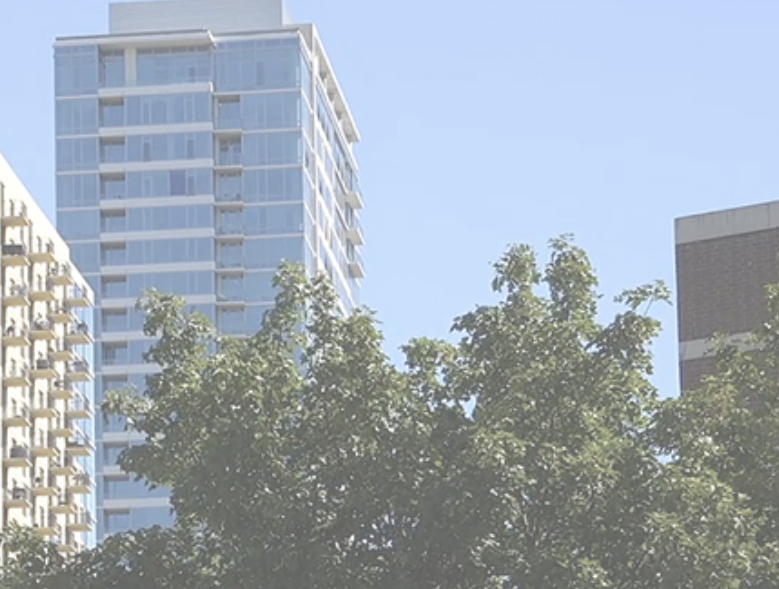PACE and HUD
Energy justice is possible
HUD’s Bob Iger, Rich Daughtery, and Brian Handshy discuss
Does PACE work with HUD financing? Yes
The potential for C-PACE financing to complement HUD Financing is a trending topic in the commercial PACE industry.
WEBINAR: PACE and HUD Workshop moderated by Eric Alini
California case study: HUD consent for PACE
Meeting development, sustainability and social goals:
The relationship between PACE and HUD makes sense as lenders look for economic development opportunities that sync with goals to provide affordable housing while meeting carbon reduction standards. Considered in the context of the COVID-19 shelter-in-place orders, which highlight the importance of safe, comfortable and affordable housing, the potential for the positive impact of an additional capital source such as PACE is even greater.
“Affordable housing is an important focus for every urban planning department,” suggested CounterpointeSRE managing partner, Eric Alini who moderated the PACENation session on HUD financing. “PACE financing can help with some affordable housing issues including energy injustice by making capital available to this sector.”
PACE is in the right places:
Alini pointed to data from the Department Energy and National Renewable Energy Library (map upper left) that suggests the highest possible return on investment for electricity savings in low-income families aligns closely with existing and emerging PACE programs (map bottom left). The resulting map at right below demonstrates the convergence of PACE availability and high potential for energy savings in low income households.

The myth is busted, but the path is narrow:
Since the issuance of guidelines of HUD guidelines in 2017 (linked here), there has been little PACE funding on HUD properties resulting in the myth that HUD won’t approve PACE. This was not the intention of the guidance, nor is it the posture of the agency based remarks by Bob Iber, Senior Advisor, Office of Multifamily Housing Programs for the U.S. Department of Housing and Urban Development.
“I will note that when we put together the PACE housing notice 2017-01 we did work with PACE administrators in three states to make sure we were getting it right, but since we issued the notice in 2017 we’ve approved two deals {see case study below} and clearly that’s a low number and we’d like to see if there is a way we could improve,” stated Iber during the PACENation workshop entitled “Expanding Access to PACE for Multifamily Housing,” held on May 28th.
Bob Iber and his colleague Rick Daugherty, Asset Management Branch Chief for the US Department of Housing and Urban Development detailed the basic premises of the guidance, but suggested flexibility and the ability to waive certain items when presented with an actual deal. For instance, the guidelines specify an opinion letter from the property’s State Attorney General must accompany a loan package stating, “that the obligations are special assessments and treated in a similar matter as the real estate taxes.”
This letter has proven difficult to attain in certain states, but has been received from a few jurisdictions with others a work in progress. The flexibility offered here was that while required, the opinion could come from the office, not necessarily the AG him or herself.
What remains required:
- Owner’s compliance with basic HUD requirements
- savings to investment ratio of or greater than 1
- underwriting based on 75% of estimated energy savings
- adherence to HUD programmatic debt ratios
“It’s important to note that when we wrote the guidance we thought we would mostly see PACE for existing properties with FHA insurance and or section 8 or we held the loan,” recalled Iber.
The best opportunity according to HUD:
“A mature project, wanting to upgrade its energy efficiency using PACE only, without new financing other than PACE, is really the ideal project for a good fit and really was the focal point of the notice,” suggested Rick Daugherty in the PACENation workshop.
Daugherty noted that most of the agency’s FHA loans wind up in Ginnie Mae pools thus suggested the following for the target PACE-financed HUD property:
- the ideal property would be mature (to some extent)
- it would have existing financing that is going to stay in place
- the owner wants to use PACE to supplement that financing to support efficiency or renewable upgrades
- the assumption is that the mature property has increased in value and its rents have increased over time
“These factors together should help create the room, within the original loan parameters for debt service coverage and LTV for PACE to be comfortably added without increasing any risk to the Ginnie Mae investors or to HUD,” stated Daugherty.
Background:
C-PACE (commercial Property Assessed Clean Energy) financing is a form of commercial finance that allows for the private funding of certain capital improvements to new or existing properties through the property tax bill. The program is enabled in more than 38 states and several cities and is widely used for most commercial property types. Programs vary by state with lender consent is required in most states and most PACE capital providers.
Learn More:
Should you have a project or questions, please inquire. PACE requirements vary by location and our team has national expertise and experience to help determine eligibility and to help develop projects.
Thank you’s:
PACENation for hosting the virtual workshop from which the conversations with HUD representatives were extracted and to Kimberly Lewis, SVP of market transformation at USGPC, who led an initial panel on the subject of HUD and PACE at a prior PACENation event.

Affordable housing is an important focus for every urban planning department. It is critical to preserve affordability and to reduce the energy burden on low income families while reducing carbon emissions in our comunities. Accomplishing these goals and supporting landlords will require joint effort from government and private partners.
What is PACE financing:
PACE financing makes it possible for owners and developers of commercial properties to obtain low-cost, long-term financing for energy efficiency, sustainability and renewable energy infrastructure deployed in new or existing buildings. The program, is based on legislation that classifies energy efficient and/or renewable upgrades as well as above-code new installations as a public benefit. These green infrastructure elements and associated soft costs (permitting, structural support, etc.) can be financed with no money down and are repaid through the property tax bill over a term that matches the useful life of improvements, typically 25-35 years.
About Counterpointe Sustainable Real Estate:
Since 2013, we have had a major impact in reducing the commercial building sector’s carbon footprint and in providing resiliency to the nation’s infrastructure. Counterpointe Sustainable invests at the intersection of the commercial real estate and energy industries through diversified ESG Infrastructure investments including mortgages, PACE, and other energy financial tools.
CounterpointeSRE
855 431 4400
